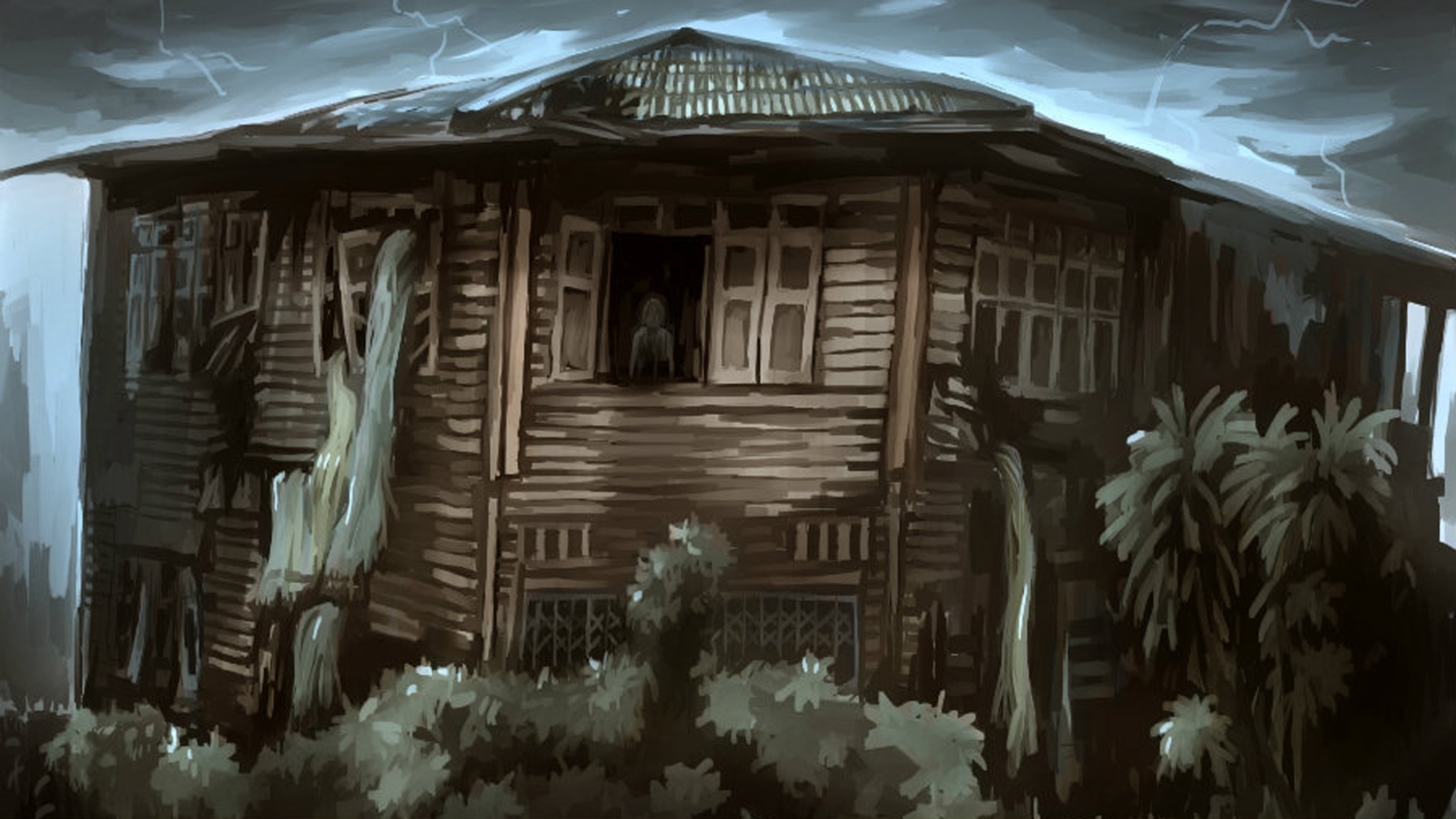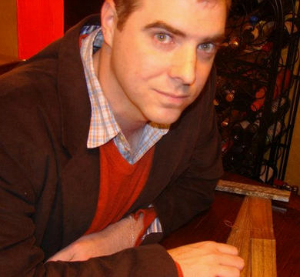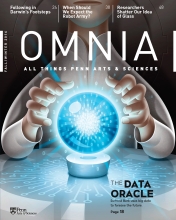Justin McDaniel, professor and chair of religious studies, is the coordinator of the Penn Ghost Project, fueled by the shared interest of Penn faculty members who span a wide range of disciplines. Here he weighs in on the ghostly trappings of Halloween, Christmas, and more.
How do ghosts inform holidays like Halloween and Christmas, or holidays in other cultures? Is there a distinction between "good" and "bad" ghosts?
Ghosts have long been a part of the lore of Halloween, a day that is associated with the awareness, and in some cases celebration, of the undead and the denizens of the afterlife. However, ghosts have also been associated with Christmas because of Dickens’s A Christmas Carol. In Victorian England, it was a common practice for families to tell ghost stories at Christmas time. Of course, Christmas as celebrated in Europe and the U.S. was originally connected to the “pagan” Winter Solstice celebration and the festival known as Yule. The darkest day of the year was seen by many as a time when the dead would have particularly good access to the living. In all cultures, there have been both protective and menacing ghosts. In Southeast Asia, for example, ghosts are often seen as having the power to heal or protect the living from disease and accidents.
Have these associations led to controversy when it comes to the religious aspect of holidays? In contrast, are they central to religions in some cultures?
Yes, there have been protests in the past that pagan rituals associated with Halloween and Christmas were non-Christian and should be abolished. Oliver Cromwell famously banned the celebration of Christmas in the 1600s. Criticisms by preachers of the pagan origins of the Christmas tree, Yule logs, and the figures of Santa Claus and elves have been frequent, but often short-lived. Biblical passages from the books of Isaiah and Jeremiah have been used to specifically criticize Christmas celebrations, and Halloween has been frequently attacked by some Evangelical and Pentecostal groups. Coptic and Ethiopian Orthodox groups have also been frequently associated with banning children from the celebration of Halloween, but this condemnation is almost never universal and varies from family to family, community to community.
Have local sites like the Lazaretto Quarantine Station and Eastern State Penitentiary added to the mythos surrounding local ghost stories? Do any other sites come to mind for ghost hunters?
Some places that abound with ghost stories in Philadelphia include Laurel Hill Cemetery, Mt. Moriah Cemetery, and Fort Mifflin. Washington Square Park, built over an old cemetery, is often a site of ghost lore, and the First Bank of the U.S. in Philadelphia supposedly is haunted by Alexander Hamilton. Several mansions owned by prominent Philadelphia families like Wistar, Girard, and Meade are explored frequently by ghost hunters, and there have been hundreds of supposed sightings of ghosts at these places. The Baleroy Mansion in Chestnut Hill is a very popular place for those interested in hauntings.





